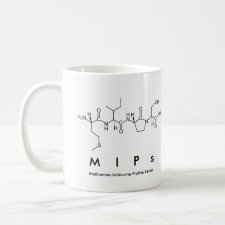
Authors: Maradonna F, Nozzi V, Dalla Valle L, Traversi I, Gioacchini G, Benato F, Colletti E, Gallo P, Di Marco Pisciottano I, Mita DG, Hardiman G, Mandich A, Carnevali O
Article Title: A developmental hepatotoxicity study of dietary bisphenol A in Sparus aurata juveniles.
Publication date: 2014
Journal: Comparative Biochemistry and Physiology Part C: Toxicology & Pharmacology
Volume: 166
Page numbers: 1-13.
DOI: 10.1016/j.cbpc.2014.06.004
Alternative URL: http://www.sciencedirect.com/science/article/pii/S1532045614000830
Abstract: Previous studies in rats have indicated that a diet enriched with Bisphenol A adversely effects metabolism and reproductive success. In rats exposed to BPA by maternal gavage, alteration in the developmental programming, higher obesity rates and reproductive anomalies were induced. Starting with this evidence, the aim of this study was to provide important insights on the effects induced by a BPA enriched diet, on the reproductive physiology and metabolism of juvenile fish, simulating the scenario occurring when wild fish fed on prey contaminated with environmental BPA. Seabream was chosen as model, as it is one of the primary commercial species valued by consumers and these results could provide important findings on adverse effects that could be passed on to humans by eating contaminated fish. A novel method for measuring BPA in the food and water by affinity chromatography was developed. Analysis of signals involved in reproduction uncovered altered levels of vtg and Zp, clearly indicating the estrogenic effect of BPA. Similarly, BPA up-regulated catd and era gene expression. A noteworthy outcome from this study was the full length cloning of two vtg encoding proteins, namely vtgA and vtgB, which are differently modulated by BPA. Cyp1a1 and EROD activity were significantly downregulated, confirming the ability of estrogenic compounds to inhibit the detoxification process. GST activity was unaffected by BPA contamination, while CAT activity was down regulated. These results collectively confirm the estrogenic effect of BPA and provide additional characterization of novel vtg genes in Sparus aurata
Template and target information: bisphenol A, BPA, commercial MIP
Author keywords: endocrine disruptors, Zp, catd, erα, EROD, GST, CAT, Diet



Join the Society for Molecular Imprinting

New items RSS feed
Sign-up for e-mail updates:
Choose between receiving an occasional newsletter or more frequent e-mail alerts.
Click here to go to the sign-up page.
Is your name elemental or peptidic? Enter your name and find out by clicking either of the buttons below!
Other products you may like:
 MIPdatabase
MIPdatabase









